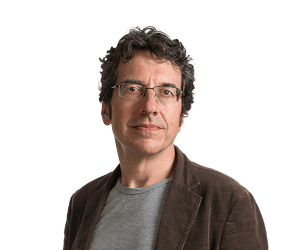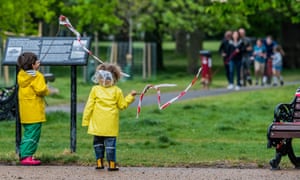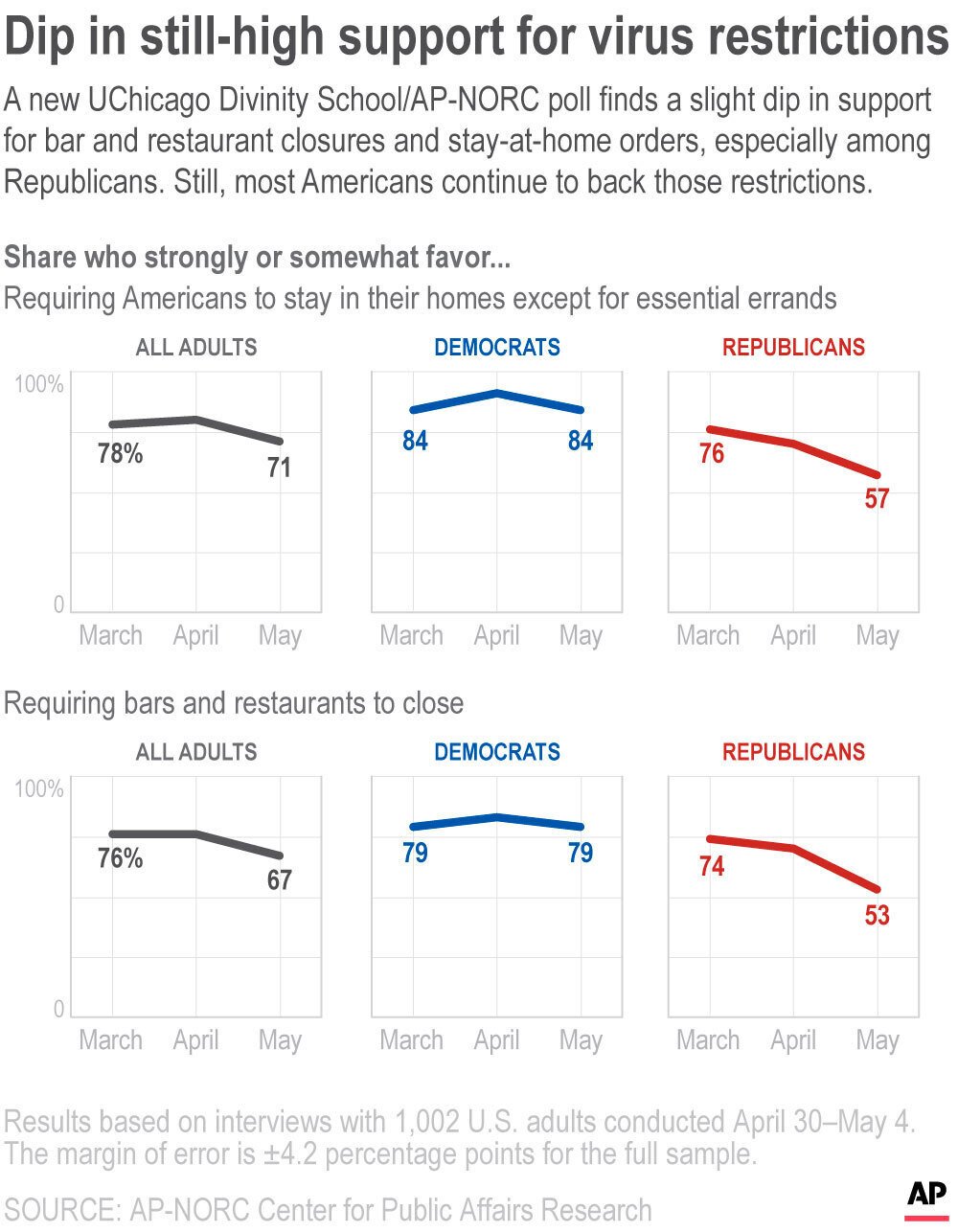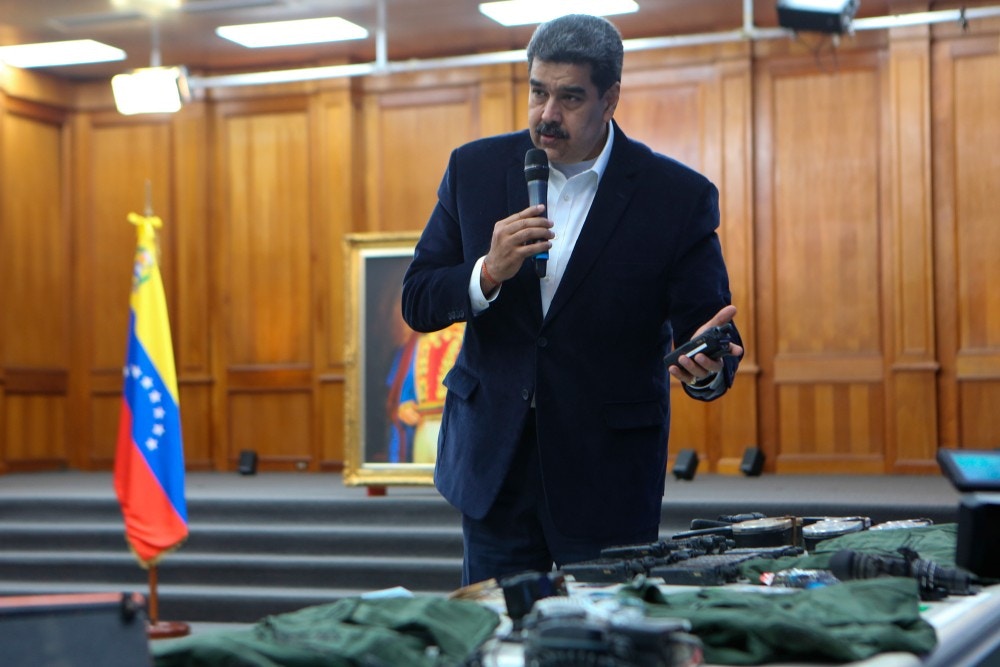
Arwa Mahdawi
Everything is partisan in the US now – even the coronavirus. Choosing whether or not to cover your face has become a political statement
Wed 13 May 2020

Everything is partisan in the US now – even the coronavirus. Choosing whether or not to cover your face has become a political statement
Wed 13 May 2020

Residents of Kew Gardens Hills in Queens, New York City, queue to pick up free face masks. Photograph: Mary Altaffer/AP
Let’s face it: wearing a face mask is not pleasant. They can fog up your glasses and hurt your ears. If you are cursed with terrible allergies, as I am, they quickly become a disgusting sneeze chamber. They make breathing difficult.
But you know what else makes breathing difficult? Covid-19. So I suck it up and wear a mask, because that is what we are supposed to do now. In New York, where I live, it is also what we have been required to do for the past few weeks. You can’t go into a shop without a face covering and you must wear one whenever physical distancing is not possible.
One minute, wearing a mask made you an outlier; now not wearing one does. I would estimate that 99% of people I see out and about in Manhattan have a mask on. The other 1% are joggers who seem to think that, if they run fast enough, the virus won’t catch up with them.
While most New Yorkers appear to have embraced masks, it is a different story in other parts of the country. Everything is partisan in the US now, even death. As such, masks have become a political statement. Democrats are far more likely than Republicans to say that they will wear one (76% versus 59%), according to a recent poll. Wearing one signals that you believe in science; that you believe in putting the greater good ahead of your individual comfort. To some people, they are a sign of solidarity; to others, they signify that you are a liberal snowflake. They have become the opposite of Donald Trump’s “Make America Great Again” caps.
This may soon change. While Trump conspicuously eschews masks – he reportedly told advisers that wearing one would “send the wrong message” – his campaign never misses a monetisation opportunity. Last week, Brad Parscale, Trump’s 2020 campaign manager, shared a photo in which he was wearing a Maga mask with a caption announcing that there were “more coming soon!” Knowing Trump, his masks will probably be made in China.
Arwa Mahdawi is a Guardian columnist
Let’s face it: wearing a face mask is not pleasant. They can fog up your glasses and hurt your ears. If you are cursed with terrible allergies, as I am, they quickly become a disgusting sneeze chamber. They make breathing difficult.
But you know what else makes breathing difficult? Covid-19. So I suck it up and wear a mask, because that is what we are supposed to do now. In New York, where I live, it is also what we have been required to do for the past few weeks. You can’t go into a shop without a face covering and you must wear one whenever physical distancing is not possible.
One minute, wearing a mask made you an outlier; now not wearing one does. I would estimate that 99% of people I see out and about in Manhattan have a mask on. The other 1% are joggers who seem to think that, if they run fast enough, the virus won’t catch up with them.
While most New Yorkers appear to have embraced masks, it is a different story in other parts of the country. Everything is partisan in the US now, even death. As such, masks have become a political statement. Democrats are far more likely than Republicans to say that they will wear one (76% versus 59%), according to a recent poll. Wearing one signals that you believe in science; that you believe in putting the greater good ahead of your individual comfort. To some people, they are a sign of solidarity; to others, they signify that you are a liberal snowflake. They have become the opposite of Donald Trump’s “Make America Great Again” caps.
This may soon change. While Trump conspicuously eschews masks – he reportedly told advisers that wearing one would “send the wrong message” – his campaign never misses a monetisation opportunity. Last week, Brad Parscale, Trump’s 2020 campaign manager, shared a photo in which he was wearing a Maga mask with a caption announcing that there were “more coming soon!” Knowing Trump, his masks will probably be made in China.
Arwa Mahdawi is a Guardian columnist



























